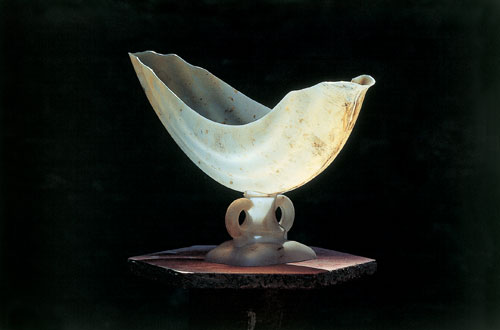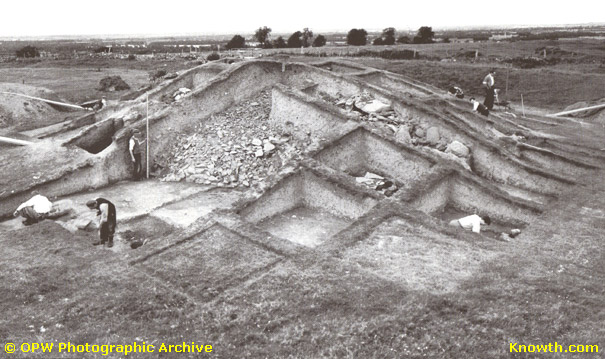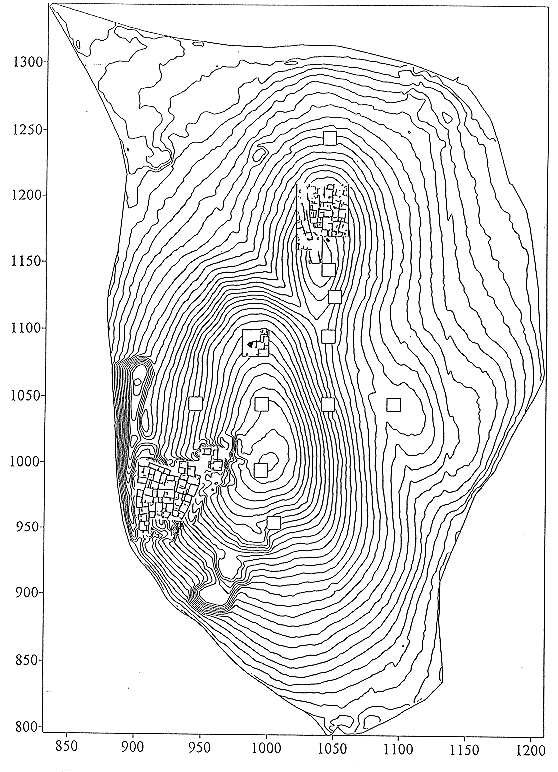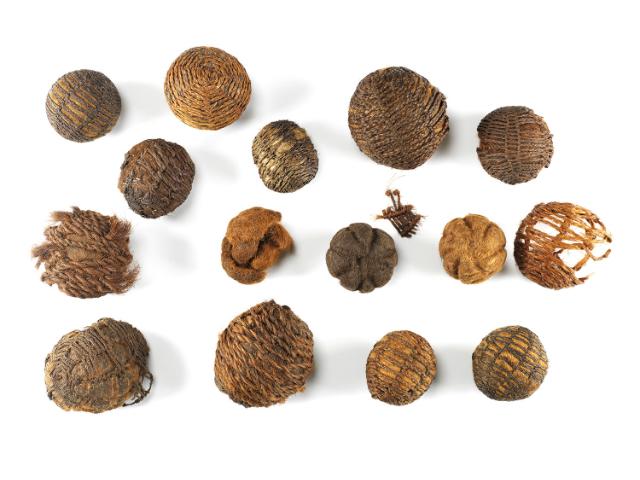
These Sliotars above are from a new exhibit Hair hurling balls: Earliest artefacts of our national game, at National Museum of Ireland – Country Life in Castlebar. The earliest was made in the second half of the twelfth century.
The balls are made from matted cow hair with a plaited horsehair covering. The National Museum of Ireland claim there is a link between the name 'sliotar' and the Irish word ‘liotar’, meaning ‘hair’.
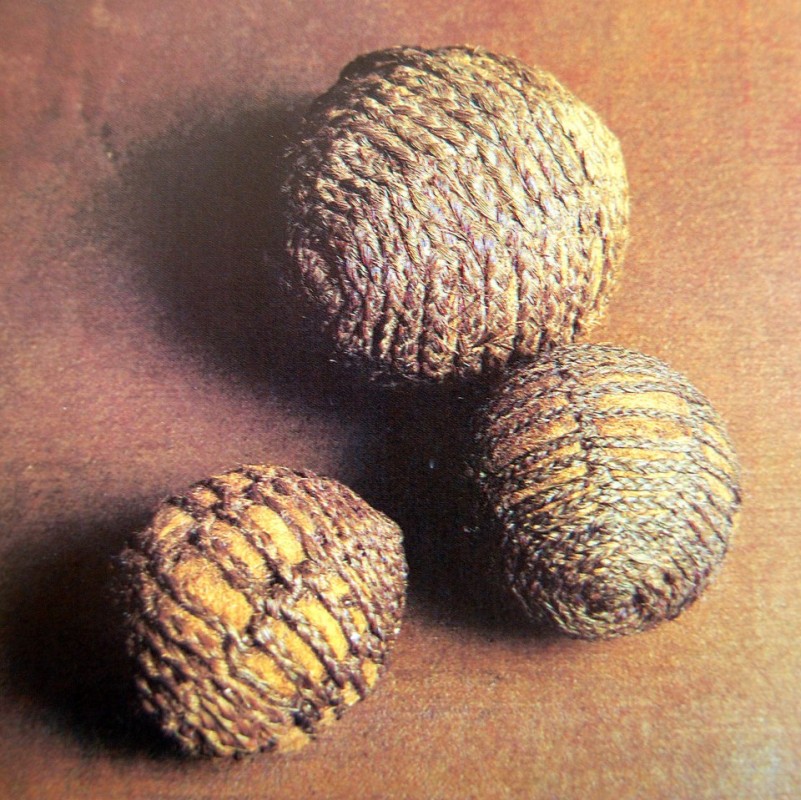
Via Meath Chronicle and Nótaí Imill
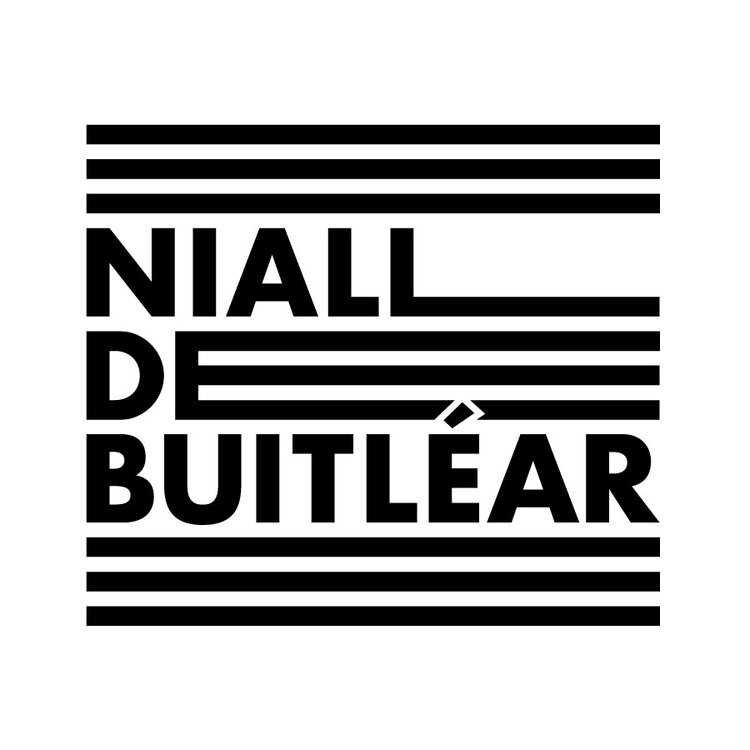
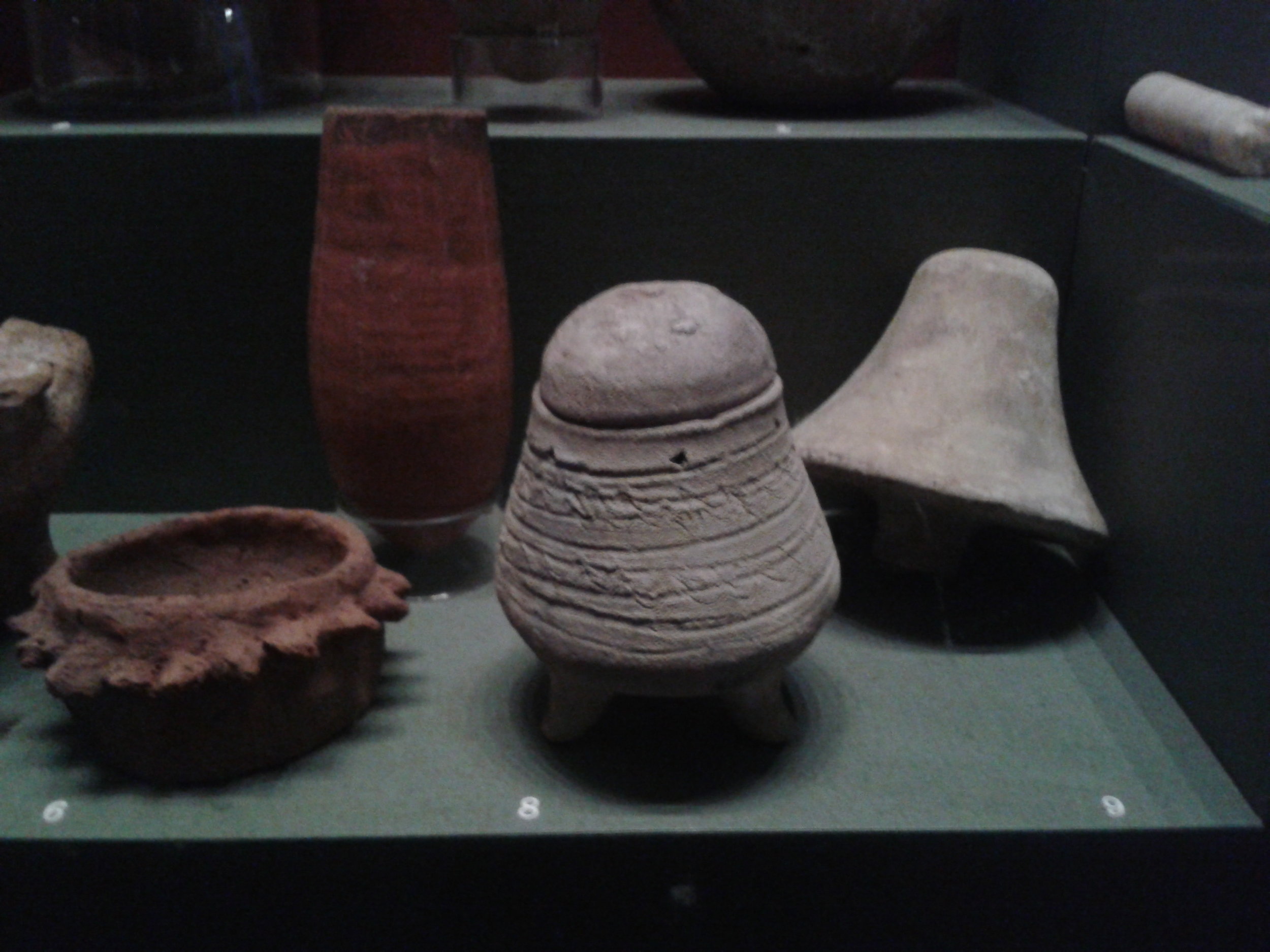

 Treasure from the Bog is an RTE documentary about the Faddan More Psalter. The book is described as:
Treasure from the Bog is an RTE documentary about the Faddan More Psalter. The book is described as:
